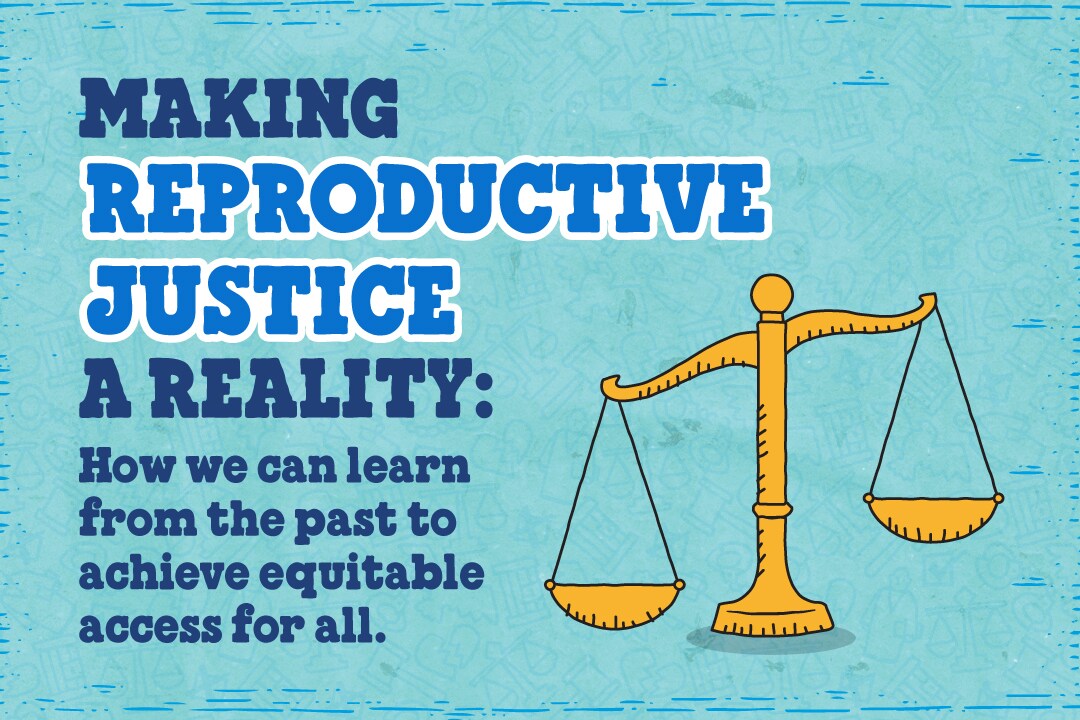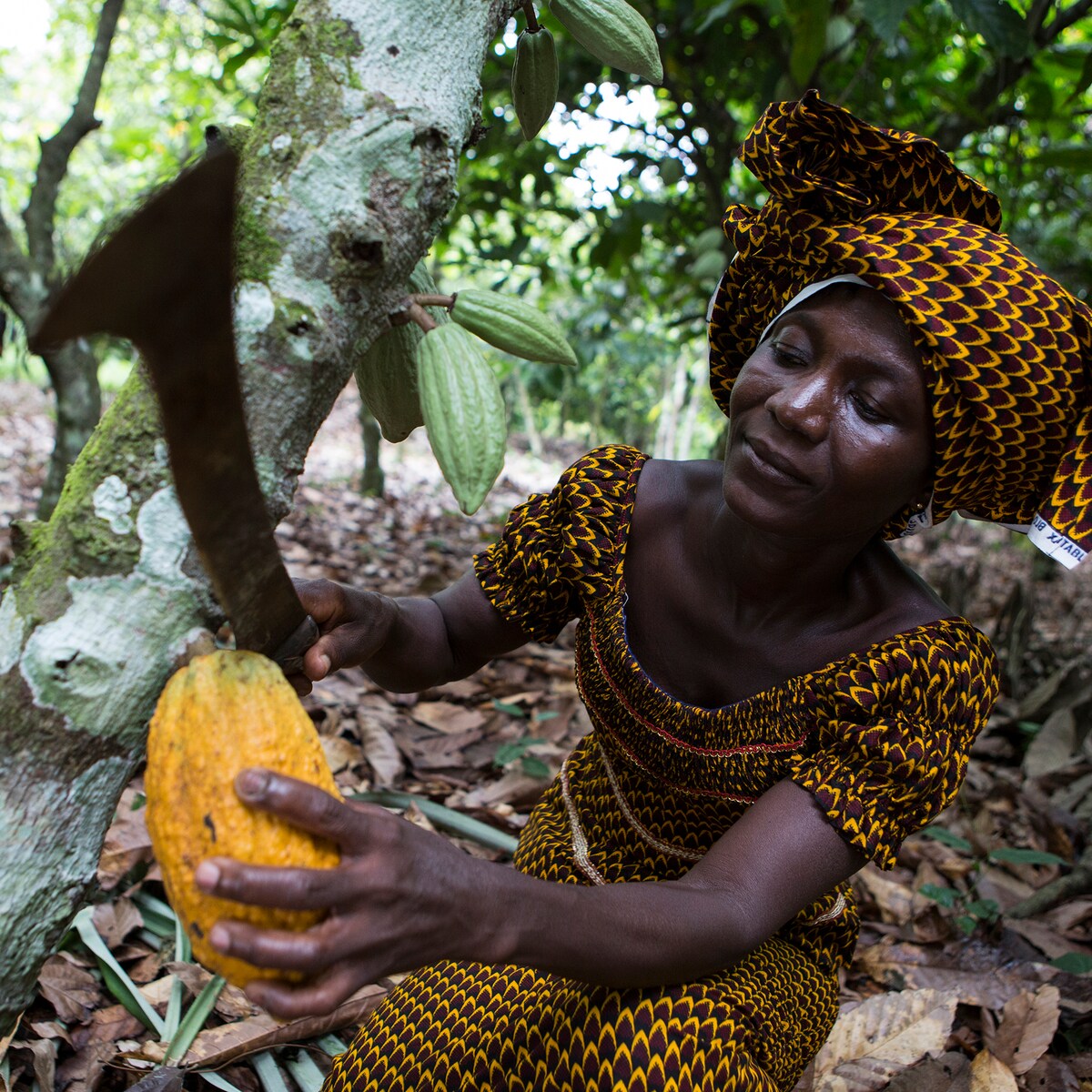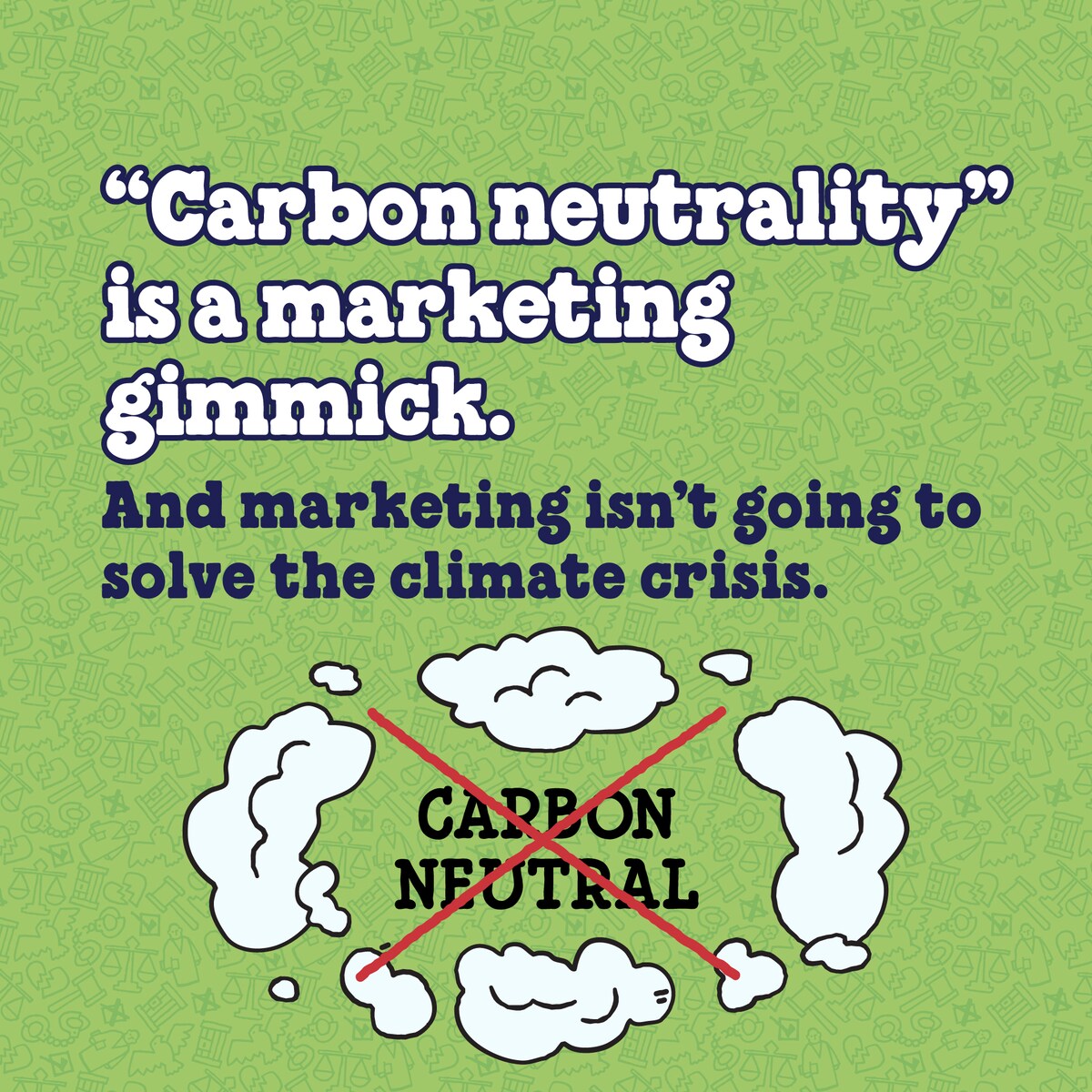Making Reproductive Justice a Reality: How We Can Learn from the Past to Achieve Equitable Access for All
This January marks the 51st anniversary of the watershed 1973 Roe v. Wade decision that legally protected abortion as a fundamental right. It also marks 18 months since the Supreme Court’s 6-3 decision in Dobbs v. Jackson Women’s Health Organization, which took that right away from millions of people overnight.
As we honor the legacy of Roe and continue to fight for abortion access, we’re also pausing to remember and reflect on the fact that even Roe had limits. Roe was always meant to be the floor — not the ceiling — for abortion rights. Even before the Dobbs decision, we had a long way to go.
Recent abortion wins around the country give us a reason to be hopeful. But to create a more equitable future, we need to avoid the mistakes of the past and follow the Reproductive Justice leaders who are showing us how to protect abortion rights for all.
Roe Expanded Abortion Access, But for Whom?
While Roe widely expanded abortion access and made abortion care legal, more accessible and safer around the country, the lesser known truth is that it also left a lot of people behind. Roe v. Wade never fully protected the reproductive rights of Black or Indigenous people–or people from low income communities.
Aggressive anti-choice leaders like Congressman Henry J. Hyde worked to limit Roe’s benefits from the start. In 1976, the Hyde Amendment ensured Medicaid couldn't help pay for abortions, even when a patient’s health was at risk and their doctor recommended an abortion. This forced people to pay for procedures out of pocket, and due to systemic racism, disproportionately burdened poor people of color.
Unfortunately, even with Roe overturned, the Hyde Amendment remains in effect today.
Creating True Reproductive Justice
Our best chance at expanding equitable access moving forward is to focus on Reproductive Justice: a more inclusive approach to reproductive rights that doesn't leave anyone behind.
By combining “reproductive rights” with “social justice,” Black activists including Dr. Toni M. Bond, Loretta Ross, and Mable Thomas created the framework for Reproductive Justice in 1994. The framework grows out of the frustration many Black leaders felt in seeing their communities left behind by the “pro-choice” movement. They know that Black and other communities of color have always had fewer choices when it comes to reproductive care.
By focusing on reproductive rights for all, Reproductive Justice aims to protect the communities of color most disenfranchised by past efforts and includes the many overlapping issues that could make raising children in certain environments unsafe. “When we lift Reproductive Justice,” says Dr. Toni M. Bond, “we stand for sovereignty by women of color to birth with whom, where, when, and how they choose.”
At its core, Reproductive Justice is really about:
- Intersectionality
- Inclusivity
- Expanding access for everyone
Working toward Reproductive Justice also pushes us to consider how to go beyond Roe v. Wade–and create a more just and equitable future for reproductive care.
Learning From Past Mistakes
But here’s the thing. We can't step into a more equitable future for reproductive rights until we reflect on and acknowledge mistakes from the past. Mistakes like:
- Focusing on legality over the reality of the lack of accessibility for Black people and other communities of color protected by Roe v. Wade.
- White reproductive rights leaders compromising on the Hyde Amendment, which has had devastating impacts on people from low-income communities and communities of color.
- Not reacting faster to the rapid erosion of abortion rights, especially in republican controlled states.
- Believing the Supreme Court would stay balanced enough to protect Roe.
- Not heeding the Reproductive Justice leaders who warned that voter suppression against Black and Brown voters in Mississippi could lead to the fall of Roe.
We must take these lessons to heart as we fight for a just future.
Building on Recent Abortion Wins
Though the Dobbs decision and the end of Roe was a painful and scary step backward, there are lots of reasons to be hopeful for the future of reproductive rights. Consider these recent wins:
- States from California to Vermont, and even traditionally conservative states like Ohio, recently passed constitutional amendments protecting abortion and put protections for reproductive health in state constitutions.
- Ballot measures seeking to limit abortion access in red states like Kansas and Kentucky are failing. This proves that even in the most conservative parts of the country, voters are turning out in huge numbers to protect abortion rights.
- Many politicians with anti-abortion platforms are starting to understand that abortion is a losing issue heading into the 2024 election season. As a result, they’re often softening their stances on abortion and even opposing a federal ban.
This is all good news for reproductive rights, health, and justice. It also tells us what we already know: anti-abortion leaders and the Supreme Court are deeply out of sync with the majority of Americans who believe in bodily autonomy and that abortion should be legal.
But with a conservative-majority Supreme Court and a highly motivated anti-abortion coalition who will stop at nothing, there is a lot of work to be done to build on these wins and protect reproductive rights.
Fight for Reproductive Justice Today
In 2024, we have to keep the positive momentum going!
Let’s avoid the mistakes of the past and listen to Reproductive Justice leaders guiding the way.
Take action today and help defend reproductive freedom.



